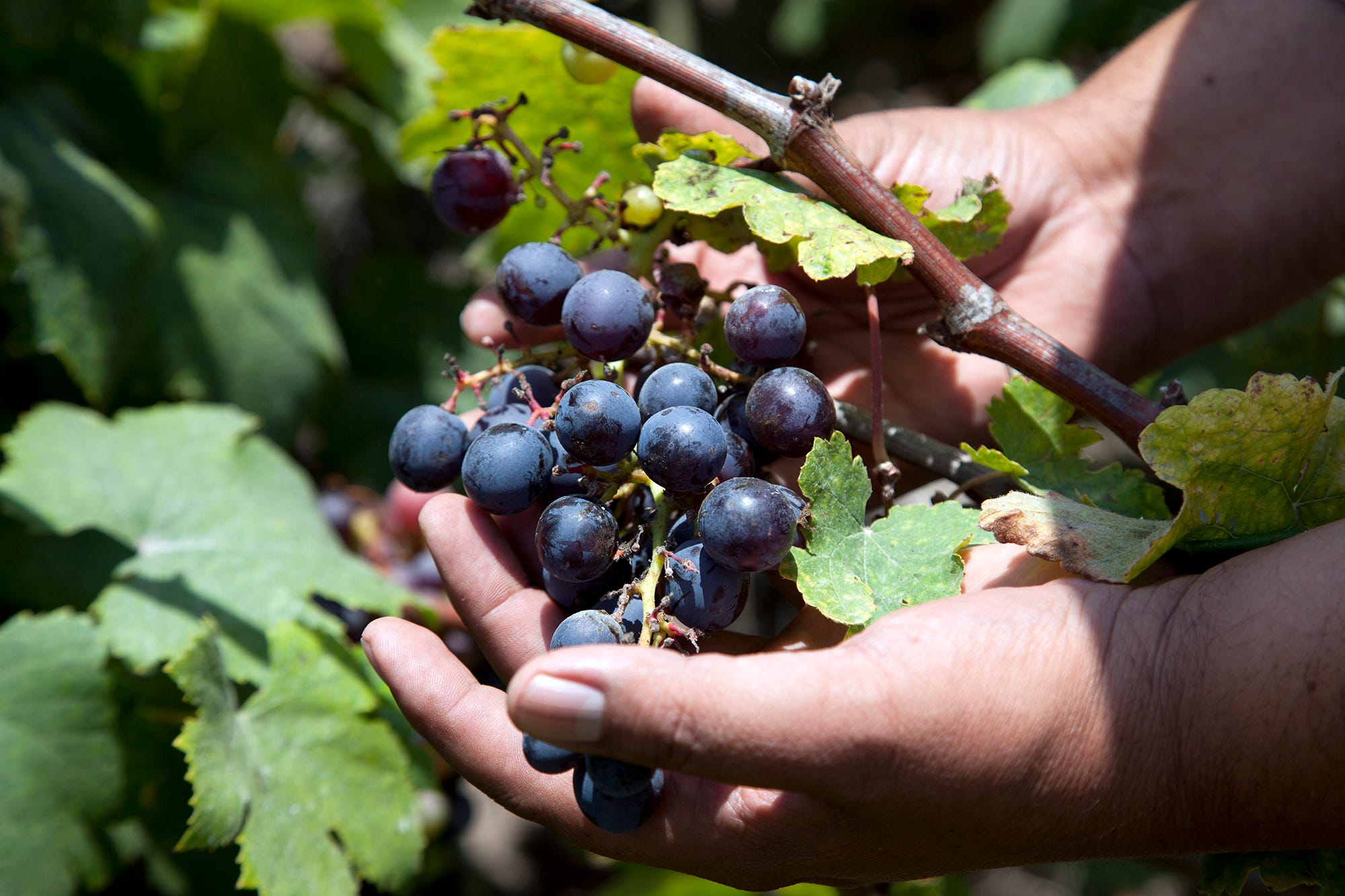A Guide to the Criolla Grapes of the Americas
The cultivars of Vitis vinifera, from Baja California to Patagonia.
The first varieties of Vitis vinifera were planted in the New World in the early 1500s. Hardy and drought-resistant, they were called mission vines because they were carried by Spanish Missionaries who used them for sacramental wines. Most of these vines have been traced to listán prieto, which would eventually be crossed, primarily, with moscatel de Alejandria. These offspring crossed with the parent vines, as well as additional grapes brought by the Spanish, such as mollar and palomino (albilla), creating a wide variety of creole, or criolla, grapes that have become adapted to landscapes from Baja California to central Chile.
These varieties defined wine in the Americas for centuries but over the past century, as winemakers shifted to making wine for export, they focused their attention on French varieties, which still dominate the market. However, there are still a lot of criolla vines around, both old ones, some dating back centuries, and new ones just being planted. In the past they were mostly used to make cheap bulk wine, but winemakers are finally putting efforts into making better quality wines with these grapes and the results are exciting. Some of the most interesting wine in the Americas right now is coming from these long ignored varieties.
“…French varieties, the cabernets and the malbecs, and such like, generally they have been made into very big, robust, oaky wines. That's not something you can really do with these criolla varieties. They're just too delicate. So you have to make more delicate, ethereal wines with them. You have to handle them a little more gently in using new oak. I think there are definite general global trends to move to these wines, but I think that's starting to build in South America as well, where people are looking for lighter, fresher styles. That's what the criolla vines can give.”
Not only are they finding new life, as talented winemakers are working with them in new ways, we are only beginning to understand how vast this world might be. There are likely hundreds of varieties that have been developed over the past 500 years. Oenologists are routinely discovering heritage-varieties with centuries old vines in ancient vineyards all of the time, such as the six new criolla varieties that were identified in Peru recently. In Argentina, a recently identified vine, partially descended from malbec, has a lot of hype about its aging potential.
Documenting criolla grapes is an area of study that is still in its infancy. Many of the old vines need to undergo DNA testing and collaborations across borders are needed to determine where there is overlap. Many different grapes varietals have similar names, while collections of others are often labeled with general names, such as criolla or huevo de gallo. This guide helps you sort out which grape is which and who the winemakers are that are working with them.
Keep reading with a 7-day free trial
Subscribe to New Worlder to keep reading this post and get 7 days of free access to the full post archives.




